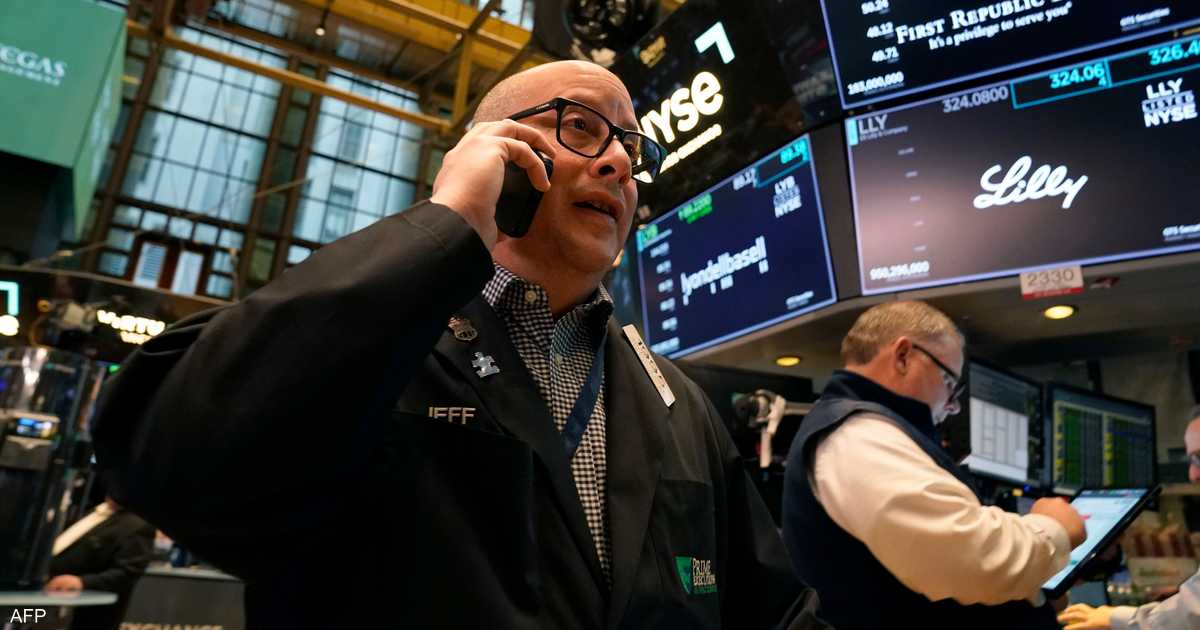On Saturday, US President Joe Biden and the Speaker of the US House of Representatives announced a preliminary agreement on the government debt ceiling of $ 31.4 trillion, after arduous negotiations with the Republicans.
The agreement, which will be voted on on Wednesday, will suspend the debt ceiling until January 2025, after the presidential elections in November 2024, in return for setting a spending cap and cutting government programs.
The most important concerns that still worry the financial markets:
– Although the Republican Speaker of the House, Kevin McCarthy, expected that the debt ceiling agreement would enjoy the support of a majority of his party’s representatives, there are expectations that the agreement will face a difficult path to passing it in Congress, before the date set for the government’s default on its debt on June 5.
– McCarthy will appear to face some challenges in passing the agreement, which was criticized by Republicans in the House and Senate, as Rep. Chip Roy, a prominent member of the House Freedom Caucus, said on Twitter, “We will try” to prevent the approval of this agreement in the House.
– The other thing that raises investors’ concerns is that once an agreement is reached, it is expected that the US Treasury will rush to refill its cash balance by issuing more than $ 1 trillion in treasury bonds until the end of the third quarter, according to Bloomberg, which would Absorbing a large amount of liquidity from the financial markets.
– According to Bloomberg, the US cash stock currently stands at $39 billion, which is the lowest level since 2017.
The deluge of short-term Treasury bonds, which JPMorgan estimates at about $1.1 trillion over the next seven months, which is a relatively large amount in that short period, will be a stressor on money markets, as it adds pressure on liquidity at a time when the reserve is working. The Fed originally intended to constrain financial conditions by raising interest rates and shrinking its balance sheet.
– Analysts also estimate that the issuance of bonds by the US Treasury at this pace, and at the current high interest rates, will make it a competitor to banks, and this may lead to a depletion of bank reserves, as deposits of private companies and others will move to higher-profit and relatively safer government bonds.
– These outflows of bank deposits will put more pressure on liquidity and available cash in banks, and may raise the rates charged on short-term loans and bonds, and make financing more expensive for companies and individuals who suffer mainly from high interest rates.
– Bank of America analysts expect this to have the same economic effect as raising the interest rate by 25 basis points, which is additional pressure on the market, which already expects the Federal Reserve to raise the main interest rate by 25 basis points in July.
“Our concern is that if, for any reason, liquidity starts leaking out of the financial system, this creates an environment in which markets are vulnerable to collapse,” said Alex Lennard, chief investment officer at global asset management firm Rover.
Mike Wilson, equity strategist at Morgan Stanley, agreed, saying, “The issuance of T-bills will suck liquidity out of the market and may act as a catalyst for the equity correction we were expecting.”
– But, according to Reuters, the drain on liquidity is not a given, as the issuance of treasury bills can be partially absorbed by mutual funds in the money market.
Bankers and experts say that the risks related to draining liquidity from bank reserves will remain until the agreement is completed in Congress and the steps that the Treasury will follow to refill its cash stocks, in addition to waiting for the Fed’s moves at its next meeting in July.
#reasons #debt #ceiling #agreement #fears #financial #markets









